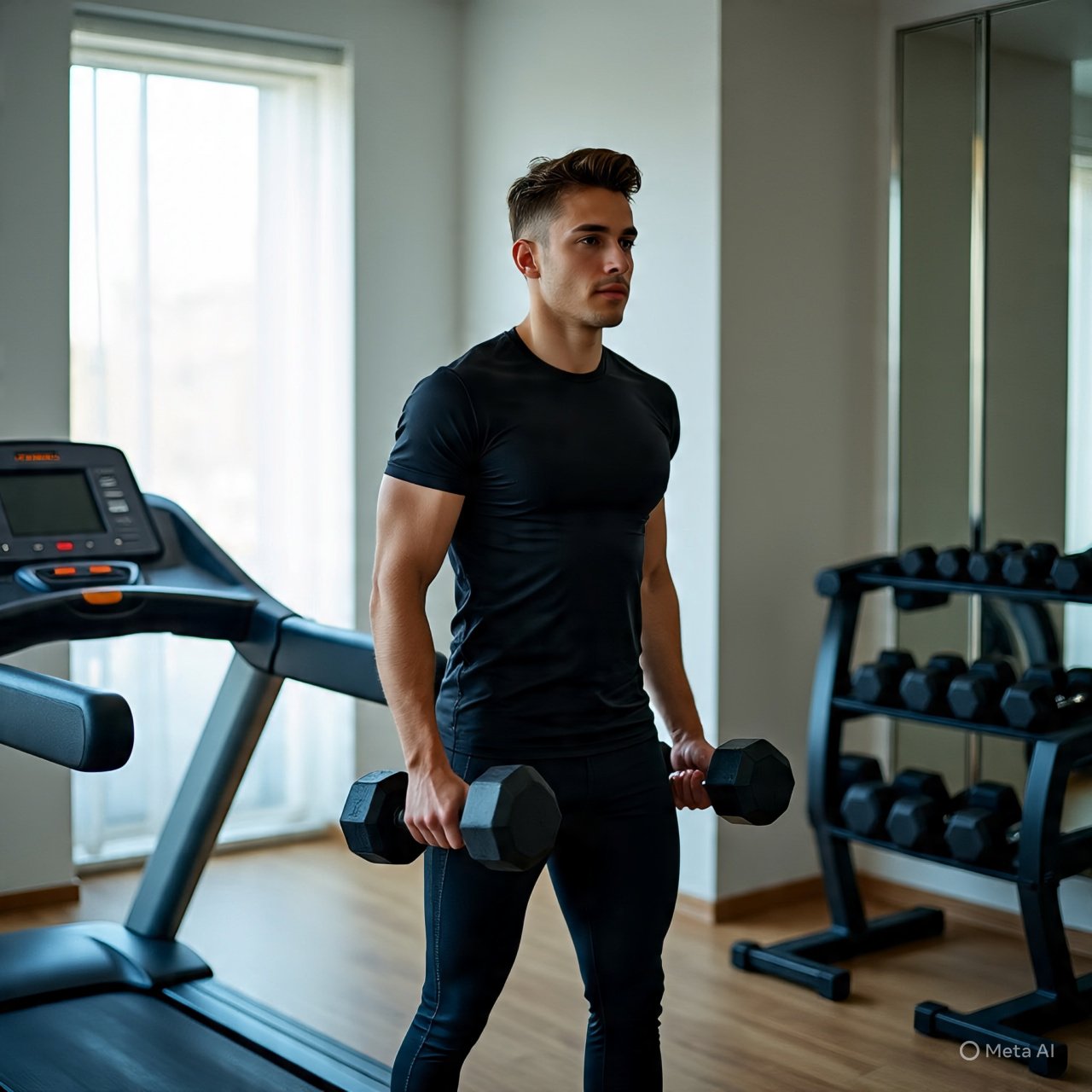
Maintaining a consistent daily physical activity routine is one of the most effective ways to improve overall health, boost energy levels, and reduce the risk of chronic diseases. In this guide, we’ll explore what an ideal routine looks like, why it’s important, and how anyone—from beginners to fitness enthusiasts—can build a sustainable and effective plan for lifelong physical wellness.
Why Daily Physical Activity Is Important
Daily movement is essential for a healthy body and mind. The human body was designed for motion, and when it lacks consistent activity, it begins to show signs of stress, fatigue, and dysfunction. According to the World Health Organization, adults should engage in at least 150 minutes of moderate-intensity physical activity per week.
Here are just a few benefits of maintaining a daily physical activity routine:
- Improves cardiovascular health
- Enhances muscular strength and flexibility
- Aids in weight management
- Reduces stress and anxiety
- Boosts immune function
- Improves sleep quality
- Increases energy and mental clarity
Components of an Effective Daily Physical Activity Routine
A well-rounded daily routine should cover various types of physical activity. Here’s how to break it down:
1. Warm-Up (5–10 minutes)
Start with a gentle warm-up to prepare your muscles and joints for movement. This helps increase blood flow and reduces the risk of injury.
- Examples: light jogging, arm circles, dynamic stretching
2. Cardiovascular Exercise (20–30 minutes)
Cardio is vital for heart health, endurance, and calorie burning.
- Examples: brisk walking, jogging, cycling, jumping rope
- Frequency: 5–6 days per week
3. Strength Training (15–30 minutes)
Resistance training builds muscle, strengthens bones, and supports metabolism.
- Examples: bodyweight exercises (push-ups, squats), dumbbells, resistance bands
- Frequency: 3–4 days per week (alternate muscle groups)
4. Flexibility and Mobility Work (10–15 minutes)
Flexibility exercises promote better posture and reduce stiffness.
- Examples: yoga, static stretching, foam rolling
- Frequency: daily or after every workout
5. Cool Down (5–10 minutes)
End with slow movements and stretching to help the body recover.
- Examples: deep breathing, hamstring stretches, child’s pose
Sample Daily Physical Activity Routine (Beginner Level)
| Time | Activity | Duration |
|---|---|---|
| Morning | Brisk walk | 30 minutes |
| Afternoon | Light strength training (bodyweight) | 20 minutes |
| Evening | Stretching or yoga | 15 minutes |
This simple structure keeps the body active throughout the day and encourages consistency.
Tips to Stay Consistent with Your Physical Activity Routine
- Set Realistic Goals
Start small and build up gradually. Even 15–20 minutes a day can make a difference. - Create a Schedule
Set a specific time for your workouts. Treat it like an important appointment. - Track Your Progress
Use a journal, fitness app, or calendar to track your workouts and improvements. - Stay Hydrated and Eat Well
Good nutrition and hydration support your physical activity and recovery. - Mix It Up
Avoid boredom by changing your routine. Try new exercises or alternate indoor and outdoor workouts. - Rest and Recovery
Don’t underestimate the power of rest. Take at least one full rest day per week.
Physical Activity for Different Lifestyles
For Office Workers
- Take short walking breaks every hour
- Use a standing desk
- Try desk-based stretches or resistance bands
For Busy Parents
- Include kids in workouts (family walks or dance time)
- Break exercise into 10-minute sessions throughout the day
For Seniors
- Focus on low-impact activities like walking, swimming, or chair exercises
- Incorporate balance and coordination exercises
Common Mistakes to Avoid
- Skipping warm-ups and cool-downs
- Doing the same routine every day (can lead to plateaus or overuse injuries)
- Neglecting strength training
- Ignoring body signals (rest when needed)
Final Thoughts: Make Movement a Daily Habit
A daily physical activity routine doesn’t require a gym membership or expensive equipment. What it truly needs is consistency, intention, and balance. Whether you’re walking in the park, stretching in your living room, or following a full workout program, each step you take contributes to a stronger, healthier version of yourself.
Start today. Choose movement. Your future self will thank you.